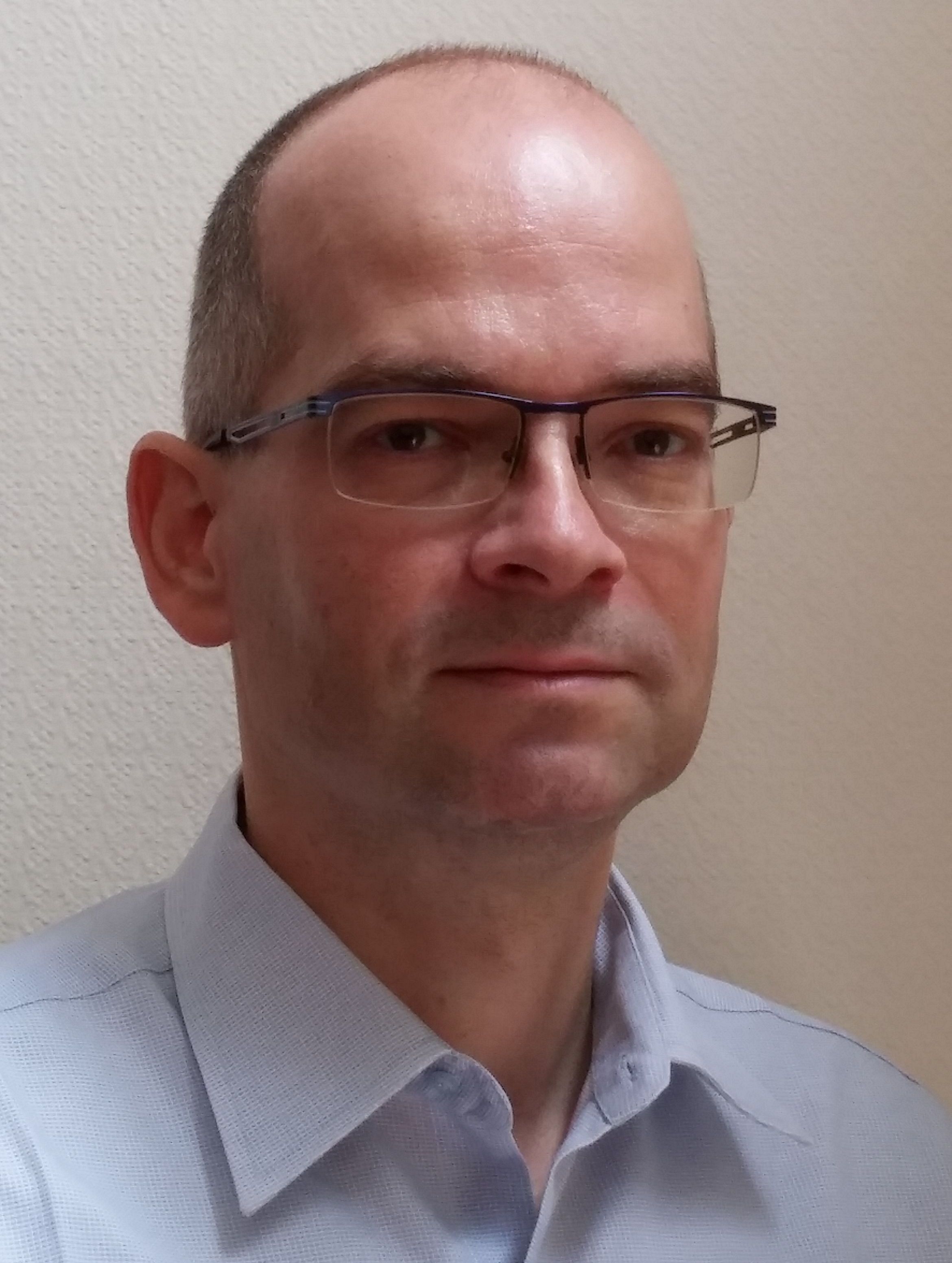Bayesian inversion of the emission of a large urban fire
My colleague Émilie Launay has investigated our ability to reconstruct the source term of a large urban fire using Bayesian inverse techniques. In this context, one of the challenges is to quickly provide the authorities with information on the areas affected by the plume and the levels of pollutant concentration to which people may have been exposed. Émilie has developed an inverse modelling method to find the smoke source term of a large-scale fire by assimilating in-situ pollutant concentration measurements. A Bayesian method based on a Markov Chain Monte Carlo (MCMC) technique has been considered to determine the source characteristics and their uncertainties. The source is described by a time-varying emission rate and an emission height. The latter, linked to the phenomenon of plume rise, is an important parameter for assessing the pollution impact in the vicinity of the fire. An inversion proposal that forces the system to choose a single emission height has been introduced as well. These inverse methodologies have been applied to the real case study of a major warehouse fire in Aubervilliers, near Paris, in 2021.
The paper is entitled Bayesian inversion of emissions from large urban fire using in situ observations, and is published in Atmospheric Environment.



